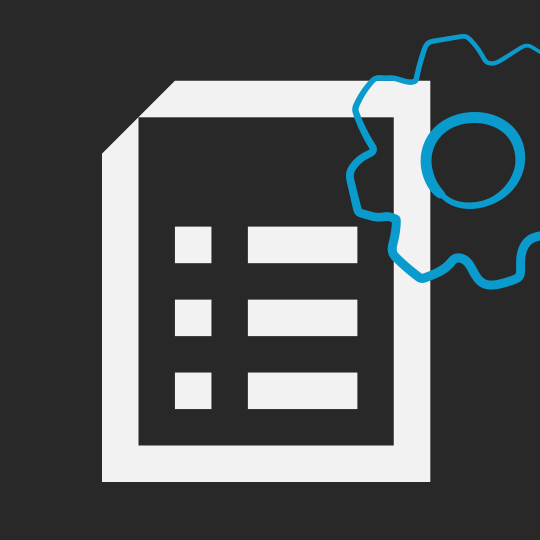Implementing an Enterprise Content Strategy (ECM) strategy can be greatly rewarding and profitable for your business – but only if you do it right. Here’s all you need to know.
ECM can transform an organisation from information chaos to a smooth and streamlined operation by managing, storing and organising data and documents in a flash. Boosted team collaboration, improved work efficiency and enhanced security protection, to name but a few, are some of the clear benefits that a carefully integrated ECM solution can bring to your business.
However, getting started can appear daunting because there are many key components to consider: people, technology, processes, management involvement, etc. Poor planning can lead to overspending and be detrimental to the success of ECM projects. Instead, take the necessary steps to ensure concise planning that will be rewarded with an investment that adds true value to your organisation.
To avoid hitting a brick wall, it’s important for your business to first figure out its needs and future goals before choosing and implementing an ECM solution. Don’t rush into ECM implementation – slow and steady wins the race.
These are the initial steps you need to take.
How to understand current workflows
The first step in choosing the best ECM solution is identifying which information and documents are vital for your business. This can vary greatly across different industries which is why there is no one singular approach to choosing the right ECM solution. While documents containing employee information might be the most important for a human resources department, the priority for finance and accounting is likely to be processing invoices.
Once you determine which documents and information you want to feed into your ECM system, the following step should be pinpointing the current structures behind the content and how you want to improve existing processes. Are your remote employees finding it difficult to access and share important documents from home? How can I make my documents easier to find? Could collaboration between teams be improved?
Depending on the capabilities of your chosen ECM software, your documents should be made easily accessible and searchable. Implementing an ECM software usually means that there will be a lot of changes to the way you work – but positive ones that should eliminate the need for a lot of processes that you had in the beginning.
Without going through the logical steps of first understanding which key documents and information you want to import and what are your present processes and frustrations, you run the risk of implementing an ECM solution that exacerbates rather than improves the situation. There is no one size fits all solution, as every business and industry have different needs and issues. Therefore, excellent project management and teamwork are critical success factors for ECM. For its benefits to be fully realised, input needs to be given from all stakeholders.
If your potential ECM choice is able to simplify your key document processes and ticks all your boxes, then that’s a great indication that you can commence the workflow optimisation and implementation stages.
The best ECM on the market is the one that matches your specific needs.
What is the right ECM solution?
As important as it is to identify your business’s current needs and pain points, it is just as essential to identify future goals and growth so that you can pick an ECM system that allows you to reach your objectives. In the digital era, the question that businesses of all sizes should be asking is: how can I thrive and compete while navigating uncertainty?
Considering the growing importance of digitalisation, organisations should opt for an ECM system that can seamlessly capture, process and store different types of unstructured content. Solutions such as the Kyocera Enterprise Information Manager (KEIM) help businesses to make the transition from paper to digital quick and easy. Due to unmatched easiness of customisation, an intuitive user interface and virtually no limitations for extending the business logic of KEIM, you can be sure that Kyocera’s solution will resolve both your current and future problems.
It is also a strategic choice for businesses who are looking to implement hybrid working as KEIM is a software that can be operated both on-premises and on the Cloud. However, whichever option you opt for, you’re guaranteed to eliminate the burden of manual and tedious processes, increase capacities and capabilities as your business grows and make your workplace more flexible.
Investing in ECM
With so many ECM solutions on the market promising to take your business to the next level, it’s easy to get over-excited and make a hasty decision without considering whether it’s the right option for you.
There are so many variations of ECM software that can streamline your workflow in different ways – that’s why your approach to ECM needs to be tailored to your needs. You have to see it as a long-term investment and ultimately, the best option will help your business grow, resolve your current problems and assist you in achieving future goals.
A new cloud-based solution!
Kyocera’s articles are on hand to guide you through the outstanding benefits of Kyocera Enterprise Information Manager:







